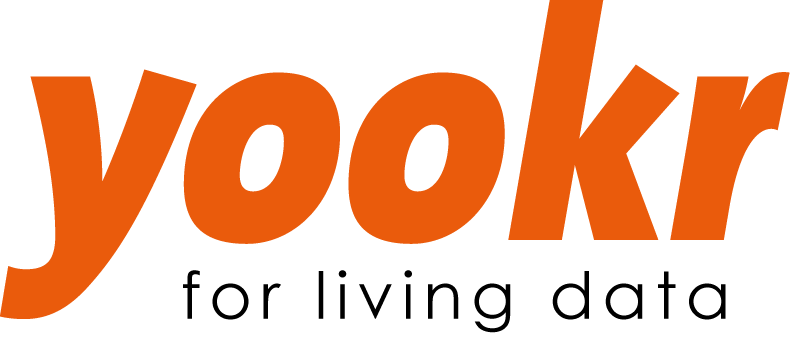AI in horticulture – visit to nursery Viehweg.
How data from sensors, satellites and drones can be used to digitise horticulture is the subject of the Triple Thrive Data project, which was presented at Thomas Viehweg’s horticultural farm in Issum. The German-Dutch garden community Paletti Growers had initiated and supervised this project, Agrobusiness Niederrhein together with Brightlands Campus Greenport Venlo and the Venray municipality had invited growers to present the results at the nursery in Issum as part of the “Agropole Innoveert” project.
Project Triple Thrive Data
The aim of the Triple Thrive Data project is to create mathematical models by aggregating data that allow predictions to be made, for example on flowering date, disease occurrence or nutrient deficiencies. The system then learns from the past and makes predictions for the future. “We use artificial intelligence to make horticulture more sustainable, because it prevents failures and saves resources such as water, fertilisers or pesticides and works more efficiently for the benefit of our environment,” explains John van Helden, managing director of Yookr, the Dutch company that is a key driver of development in this field.
Practice at Nursery Viehweg
While future predictions are still evolving, it is already possible to achieve great impact in plant breeding through the intelligent use of sensors. What is already possible now was shown to visitors by Thomas Viehweg. For three years, Thomas Viehweg has been using sensors and dashboard from Yookr in his nursery in Issum. There are 12 sensors in use on the farm, recording soil moisture, temperature, nutrient content in the substrate, pH and, for example, the fill rate in the manure tank. Everything is displayed on a dashboard in the computer. Data were collected in the first year. The grower himself sets the limits: “At what dry stage of the substrate should a plant be watered? How much fertiliser should be used in the tank for the warning to appear? “We first set the limits based on our knowledge and then enter them into the computer. From then on, the grower receives a notification as soon as the watering or fertiliser tank needs refilling,” Viehweg explains. His growers immediately saw the benefits and did not have to be motivated to use the system. “The watering process is much faster because with this information there is much less need for personal monitoring of the plants,” says Patrick Meurisch, gardener and grower at Viehweg Nursery. “In addition, it has a very practical advantage. On Sundays, I check my app first and if the plants are still sufficiently moist, I can stay in bed for an extra hour before going to the nursery,” says Patrick Meurisch.
Drones
Wouter Middel of Dutch company W2R Drone Projects talked about what is possible with drones. His work is also part of the Triple Thrive Data project. A drone can collect multispectral, thermal or even visual data. In this way, images of surfaces are created, with information that the human eye cannot recognise. “You can use the technology to see how the plant feels even before it becomes visible, and so you can make a statement about plant health,” Wouter Midden says. There were signs in the images that indicated fungal disease infection. “Nothing could be seen with the naked eye yet,” reports Wouter Middel, “the customers did not want to believe the result of the drone flight and refrained from early action. That the result of the drone flight was to be believed was painfully experienced when some time later large parts fell ill.”
Savings
As part of the Triple Thrive Data project, the developments were also tested for three years in a Dutch horticultural company. “By using this technology, we have been able to save up to 21% on water, fertilisers and pesticides. That is already a great result,” says John van Helden, “the next goal is to display plant growth data and indexes and photos in real time from the second half of 2024, as well as maps of plots in the dashboard,” he adds.
Harvest forecast
Development work is still needed to realise future predictions. The foundations have been laid, now it is time to extend them. “For tomatoes, we are already pretty good in terms of harvest forecasts,” reports John van Helden, but he needs the practical experience of growers for further development in ornamental crop production. He collects their questions and aims to feed the system with the necessary data. “The German-Dutch cooperation offers many opportunities that we as gardeners in the border region should take advantage of.” John van Helden and Thomas Viehweg are convinced of this and also pointed to the successful cooperation between German and Dutch market gardeners in the Paletti Growers network.

